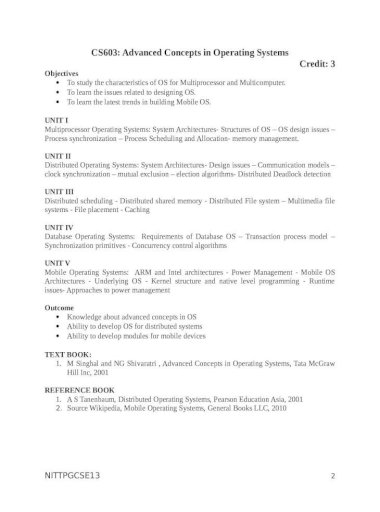

- DFS CDMA TOOL ARITHMETIC OPERATION RESULTED IN AN OVERFLOW MOD
- DFS CDMA TOOL ARITHMETIC OPERATION RESULTED IN AN OVERFLOW CODE
An integer overflow can cause the value to wrap and become negative, which violates the program's assumption and may lead to unexpected behavior (for example, 8-bit integer addition of 127 + 1 results in −128, a two's complement of 128). If the variable has a signed integer type, a program may make the assumption that a variable always contains a positive value.
DFS CDMA TOOL ARITHMETIC OPERATION RESULTED IN AN OVERFLOW CODE
Such wraparound may cause security detriments-if an overflowed value is used as the number of bytes to allocate for a buffer, the buffer will be allocated unexpectedly small, potentially leading to a buffer overflow which, depending on the usage of the buffer, might in turn cause arbitrary code execution.
DFS CDMA TOOL ARITHMETIC OPERATION RESULTED IN AN OVERFLOW MOD
In particular, multiplying or adding two integers may result in a value that is unexpectedly small, and subtracting from a small integer may cause a wrap to a large positive value (for example, 8-bit integer addition 255 + 2 results in 1, which is 257 mod 2 8, and similarly subtraction 0 − 1 results in 255, a two's complement representation of −1). When an unsigned arithmetic operation produces a result larger than the maximum above for an N-bit integer, an overflow reduces the result to modulo N-th power of 2, retaining only the least significant bits of the result and effectively causing a wrap around. 32 bits: maximum representable value 2 32 − 1 = 4,294,967,295 (the most common width for personal computers as of 2005 ),.16 bits: maximum representable value 2 16 − 1 = 65,535.8 bits: maximum representable value 2 8 − 1 = 255.4 bits: maximum representable value 2 4 - 1 = 15.Typical binary register widths for unsigned integers include: added or subtracted) using a single instruction per operation. Though the vast majority of computers can perform multiple-precision arithmetic on operands in memory, allowing numbers to be arbitrarily long and overflow to be avoided, the register width limits the sizes of numbers that can be operated on (e.g. The register width of a processor determines the range of values that can be represented in its registers. 5 Methods to address integer overflow problems.set to the minimum or the maximum value in the representable range, rather than wrapped around. On some processors like graphics processing units (GPUs) and digital signal processors (DSPs) which support saturation arithmetic, overflowed results would be "clamped", i.e. The C11 standard states that for unsigned integers modulo wrapping is the defined behavior and the term overflow never applies: "a computation involving unsigned operands can never overflow." In particular, if the possibility has not been anticipated, overflow can compromise a program's reliability and security.įor some applications, such as timers and clocks, wrapping on overflow can be desirable. modulo a power of the radix, usually two in modern computers, but sometimes ten or another radix).Īn overflow condition may give results leading to unintended behavior. The most common result of an overflow is that the least significant representable digits of the result are stored the result is said to wrap around the maximum (i.e.

In computer programming, an integer overflow occurs when an arithmetic operation attempts to create a numeric value that is outside of the range that can be represented with a given number of digits – either higher than the maximum or lower than the minimum representable value. This is wrapping in contrast to saturating. All digits are set to the maximum 9 and the next increment of the white digit causes a cascade of carry-over additions setting all digits to 0, but there is no higher digit (1,000,000s digit) to change to a 1, so the counter resets to zero. Integer overflow can be demonstrated through an odometer overflowing, a mechanical version of the phenomenon.


 0 kommentar(er)
0 kommentar(er)
